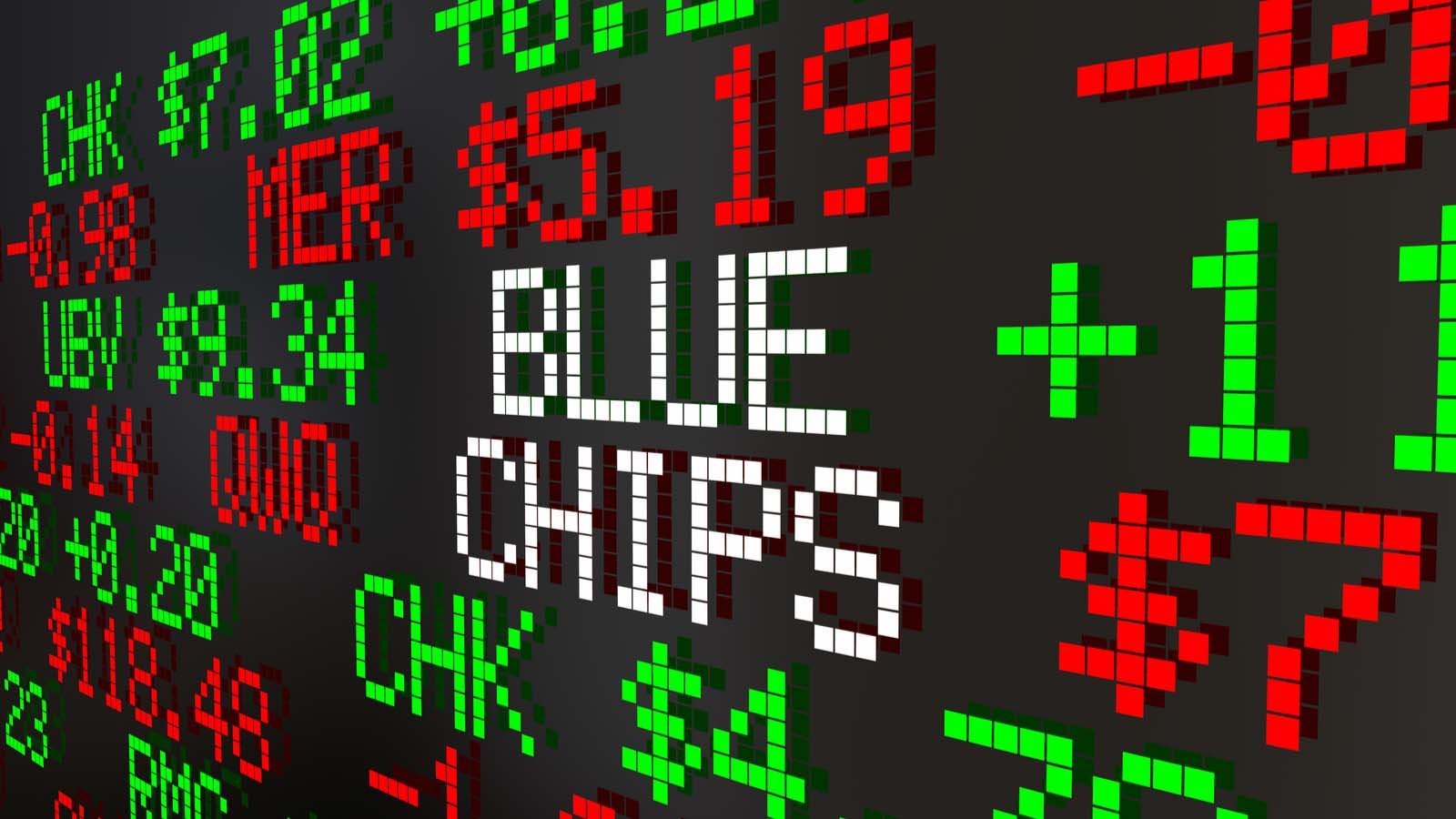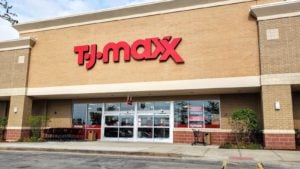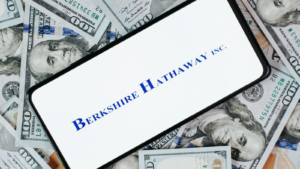
Everyone’s definition of blue-chip stocks is different.
“Blue-chip stocks are the shares of well-established, financially stable and profitable companies that are referred to as having ‘blue-chip’ status,” states CMC Markets’ website.
Wealthsimple, a Canadian online financial products provider, has a similar but more punchy definition.
“Blue chip stocks are stocks from a company that has a long-standing reputation of quality, reliability and the ability to operate profitably over many years. These companies tend to be household names,” Wealthsimple contributor Veneta Lusk wrote.
I think you get the idea. If you’re not new to investing, I apologize for covering the basics; we all learned this term early on in our investing journeys. It’s an important one.
To come up with three names, I borrowed the holdings from the Fidelity Series Blue Chip Growth Fund (NASDAQ:FSBDX) to find my candidates. It’s up 31% year-to-date.
Here are the three names that come to mind when I think of blue-chip stocks.
TJX Companies (TJX)

TJX Companies (NYSE:TJX) is the largest of FSBDX’s three holdings by weight at 0.468%. Although the off-price retailer isn’t 100 years old, it does date back to 1976. Ben Cammarata opened the first two of many TJ Maxx stores in Massachusetts for Zayre. Cammerata served as CEO until 2000.
I was in my local Winners store this past weekend — TJX acquired the Canadian version of TJ Maxx in 1990 — it was so busy. I just had to include it on my list of blue-chip stocks. Over the past five years, TJX stock has gained 103%.
In May, it reported Q1 2025 results, including a 3% increase in same-store sales and a 22% jump in earnings per share to $0.93.
“We saw comp sales growth at every division entirely driven by customer transactions, which underscores the strength of our value proposition. This also gives us confidence in our ability to gain market share across all of our geographies,” stated CEO Ernie Herrman.
TJX Canada, which is Winners, Homesense and Marshalls, had a 4% increase in same-store sales during the quarter, up from 1% in Q1 2024.
If you’re a fan of share repurchases, it plans to repurchase $2.25 billion in fiscal 2025 at the midpoint of its guidance.
It’s a blue-chip winner.
Hershey (HSY)

Hershey (NYSE:HSY) represents just 0.036% of FSBDX’s portfolio. However, its history of surviving and thriving over 130 years, makes it a blue chip in my mind.
Although the company is best known for its Hershey’s and Cadbury chocolate bars, one of my favorite brands is Good and Plenty, the licorice candy with two colors — pink and white. Hershey’s acquired the brand in 1996. Its history dates back to 1893.
So, even though it’s the chocolates and candy that most people recognize, through acquisitions and organic growth in recent years, its snacks business has become a bigger deal at the company. With brands like Skinny Pop Popcorn and Dot’s Homestyle Snacks, it is looking to grow this part of the business.
Hershey operates three segments: North America Confectionery for chocolates and candy, North America Salty Snacks for products like the two brands mentioned above and International for everything it makes outside North America.
In the first quarter, the North America Salty Snacks sector generated $275.1 million in revenue, approximately 8% of its overall sales. Five years ago, the segment didn’t exist.
By investing in HSY stock, you’re getting patient capital, and are part of a very good endeavor. The company is controlled by the Hershey Trust Company, trustee of the Milton Hershey School Trust, which funds the Milton Hershey School.
Berkshire Hathaway (BRK-A, BRK-B)

Berkshire Hathaway (NYSE:BRK-A, NYSE:BRK-B) is the smallest of three holdings with a weight of 0.028% — Class B shares. The company was an early investment of Buffett Partnership, Warren Buffett’s limited partnership. He started the partnership in 1956, first buying shares in the textile manufacturer in December 1962 and taking control in May 1965. By 1985, Buffett had closed the textile business.
Today, it’s one of the best investments a patient investor can own. Part mutual fund, part private equity firm and part insurance company, it charges no fees to own a slice of a holding company with $1.07 trillion in assets as of March 31. That includes nearly $400 million in equity securities in some of America’s largest and most blue-chip companies such as Apple (NASDAQ:AAPL), Bank of America (NYSE:BAC) and Coca-Cola (NYSE:KO).
They often talk about banks too big to fail. Berkshire Hathaway should be in this discussion. Its holdings are beyond diversified.
There’s not much to say about Berkshire Hathaway other than it’s an excellent company built to live on beyond Buffett’s passing.
On the date of publication, Will Ashworth did not have (either directly or indirectly) any positions in the securities mentioned in this article. The opinions expressed in this article are those of the writer, subject to the InvestorPlace.com Publishing Guidelines.
On the date of publication, the responsible editor did not have (either directly or indirectly) any positions in the securities mentioned in this article.






